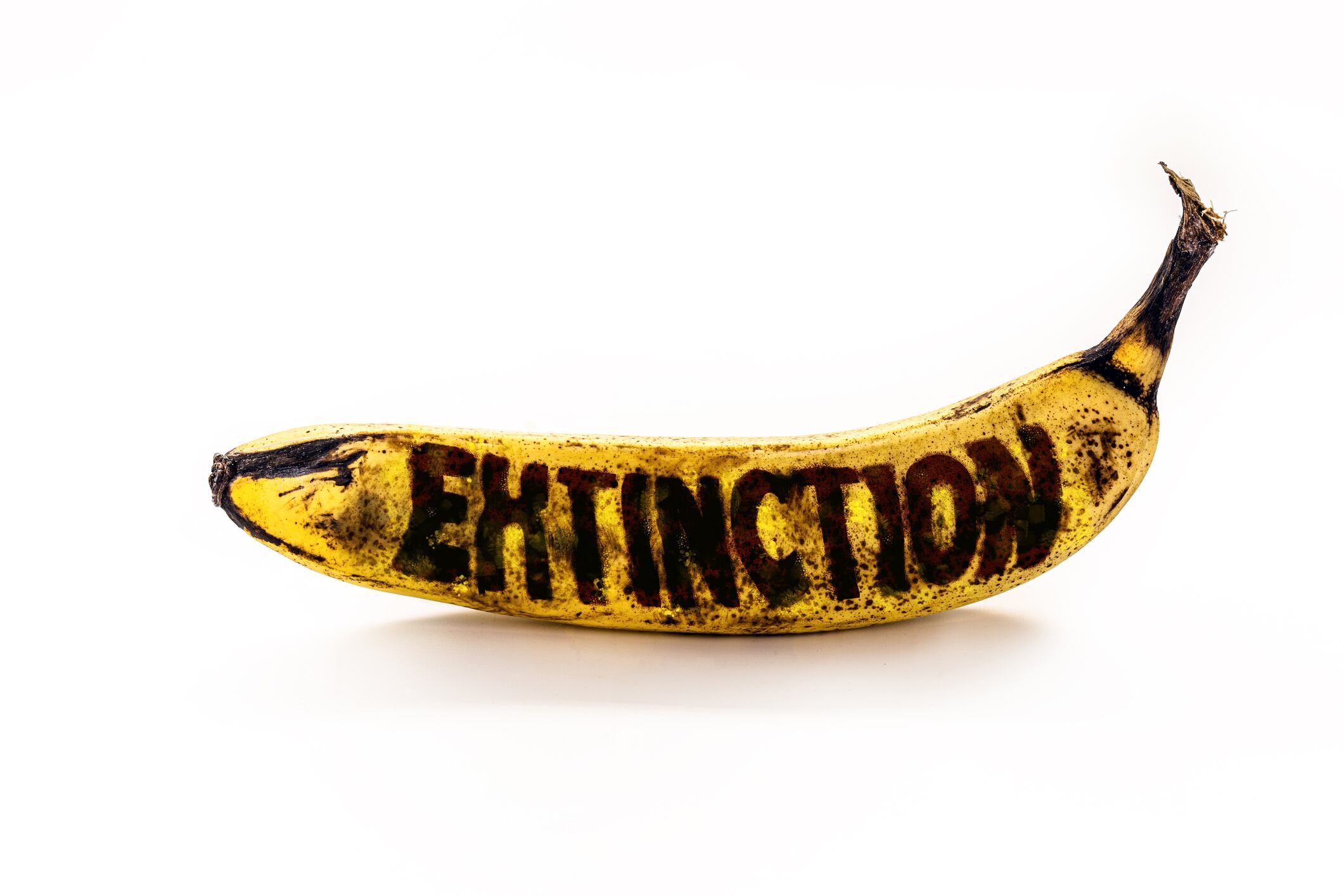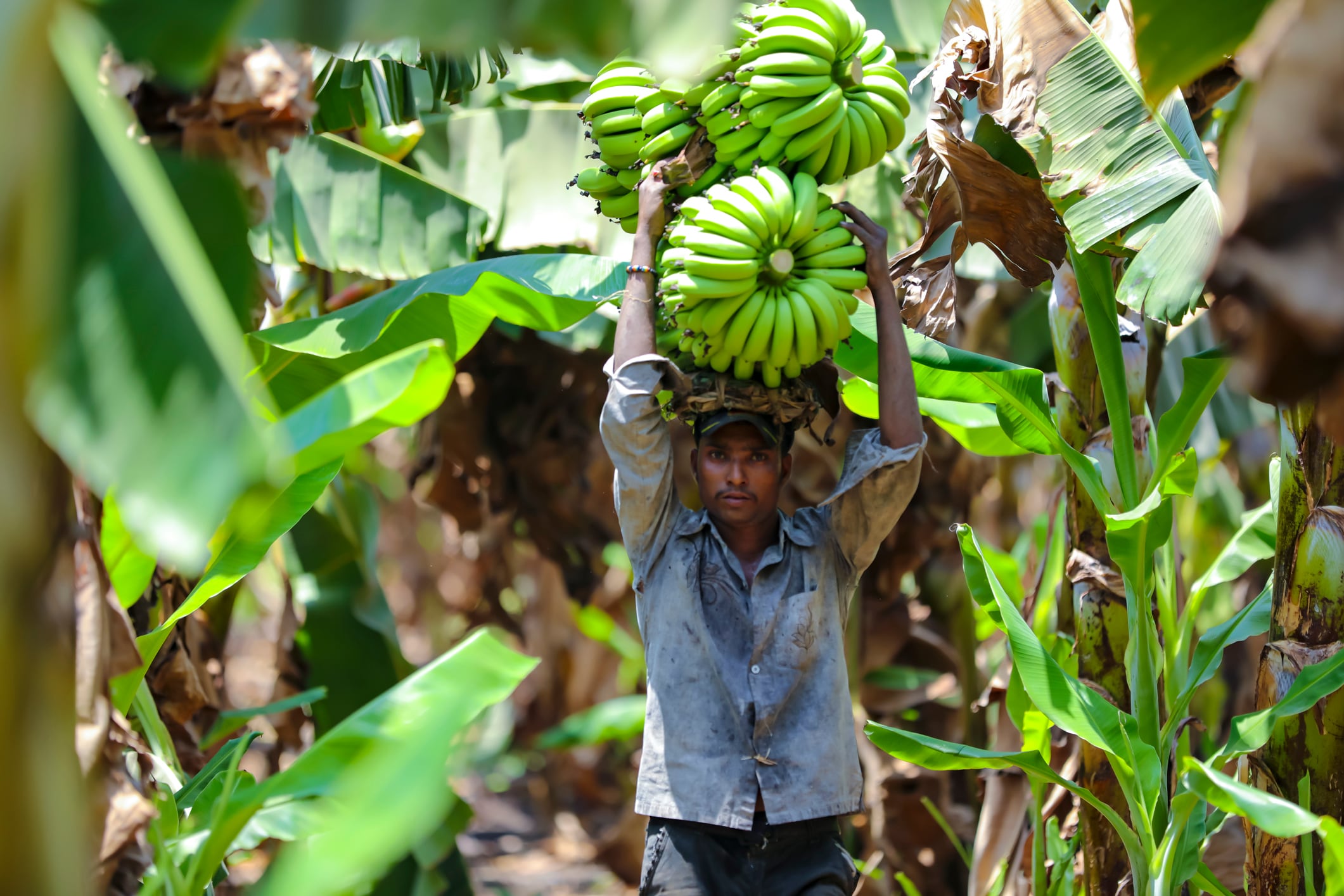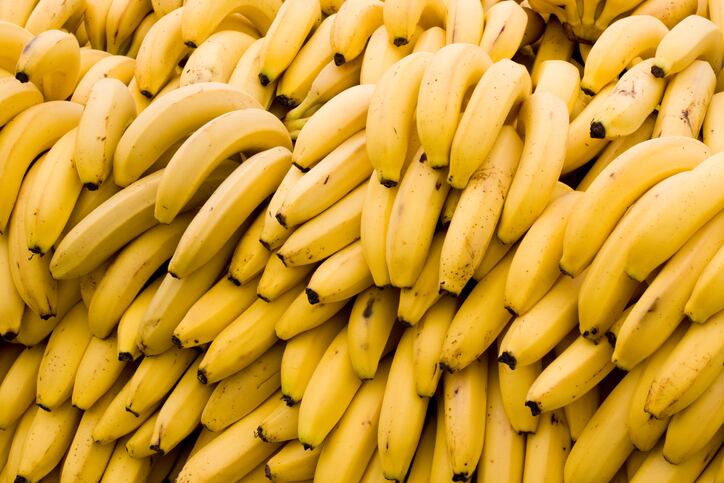Since the 1990s a new strain of the fungus TR1 (or panama disease), which wiped out the Gros Michel banana in the 1950s, has threatened to destroy the Cavendish variety, which represents close to 50% of the world production of bananas.
Over three decades the disease has spread from Asia to Australia, the Middle East, Africa and more recently Latin America. It is now in over 20 countries, with escalating fears the world’s favourite fruit may be destroyed.
“Bananas are often grown through monocropping systems and very often with a single clone to keep completely uniform and genetically identical. So they are very vulnerable to diseases,” explained Nicolas Roux, a senior scientist and Banana Program Leader at Bioversity International in France. The Cavendish banana is the most exported fruit in the world, he said, and makes up 15% of the total banana production in the world. Bioversity is “more interested in the other 85% concerning the local market to support food security and decent employment but also healthy diets”, he told us.

Bananas are not doomed, the scientist insisted. But their survival depends largely on retailers and consumers being prepared to pay more for their bananas, and the sector exploring different varieties. “Very few consumers know that there is so much banana diversity,” he said. “Even though we went through this challenge some 50 years ago, we haven’t learned from the past as we replaced all the Gros Michel by one single clone. For the moment, there isn’t any cultivar with all the characteristics of the actual Cavendish that can replace the Cavendish threatened by TR4 in ever increasing number of countries. Anyone knows that monocropping at the level that it is done with bananas is not sustainable.”
New varieties have shown resistence to TR4 but will these gain acceptence amoung consumers?
Cavendish bananas, if grown in good conditions, have a very good yield and produce rapidly 6-9 months after planting. But the problem, according to Roux, is that even at the local level growers are growing more Cavendish bananas since they grow fast and boast good yields. “In some countries with high diversity they are replacing their local cultivars by Cavendish bananas to make money more rapidly,” he lamented. “We know that in the long run, this is the recipe for disaster.”
The solution, therefore, is to promote diversity. Roux is calling for standardized protocols to be developed to screen all possible germplasm, with a priority on the most consumed edible cultivars (dessert bananas, plantains, etc.). Preliminary results, for example, show that several wild relatives have the genes of resistance to TR4. Classical or mutation breeding to develop a new variety that is resistant to TR4 but also accepted by the consumer, the farmer and all actors along the value chain, might take up to 10-15 years.
Other new unconventional approaches such as genetic transformation (GMO) or more recently gene editing are promising, he added, but not widely accepted. “As we are not sure that other approaches will give results, we need to investigate these new techniques at least at the research level in parallel, as they also help us better understand the genetics and the biology of this very complicated crop,” he said. “Compared to seed propagated crops you need to start with seeds (wild bananas) and the final product needs to be without seeds and acceptable to the farmer with good yield, dwarf size, early flowering, be resistance to major pests and diseases, have good post-harvest qualities and have good taste.”
For Roux, the future of bananas will include different bananas with different tastes. “We may find some small bananas or red bananas in specialised markets already today,” he said. “Let’s hope that this becomes more often the case and that consumers may be able to choose between different types of bananas with different shapes, colours and tastes as we have for apples, pears or other temperate fruits.”

The ‘exploitative effect’ of the price war on bananas in Europe
Greater variety further promises to address the so-called supermarket price wars in Europe which has driven down the cost of bananas on shelves to the detriment of those on the ground in producing countries.
“The cost of banana on the shelves in the Northern hemisphere is particularly low and farmers are getting a lot of pressure since they are the ones getting so little,” explained Roux. “So there will have to be a fairer distribution of cost between the producers, the retailers, the transporters, the supermarkets and the consumers if we want the industry to remain sustainable. With the COVID-19 pandemic and TR4 arriving in Colombia in 2019 and in Peru in 2021, but also with environmental degradation due to fertilisers and pesticides, we will need to have stronger legislation and some chemicals/molecules banned in the EU starting January 2022. This enormous pressure that the producers are facing shows that something needs to change. Bananas will no longer be able to be produced the same way they have in the last 100 years.”


